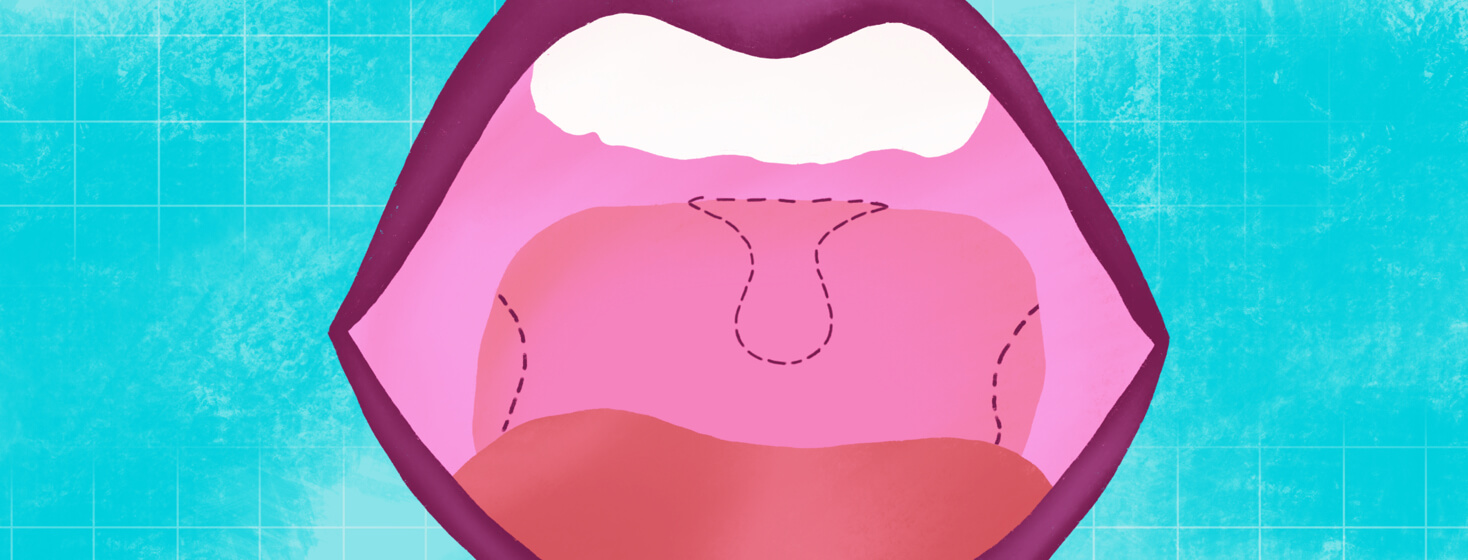Types of Sleep Apnea Surgeries
I remember being very nervous when I had my sleep apnea surgery. I got to the hospital and they had me take off the clothes I arrived in and put on a sanitary hospital gown. You know, the kind that doesn’t close all the way in the back for whatever reason. I was given a hospital bed and I laid down until they were ready to bring me into surgery.
The doctor came in and spoke to me. She was a very nice lady. I remember telling her I was nervous and she smiled and did her best to reassure me. At the time, there was only a 50-50 chance the surgery would work. But it did for me, and I’m so glad I went through with it.
What kind of surgery did I have?
I had what is known as the UPPP (uvulopalatopharyngoplasty) surgery. Basically, my airway needed more air. I had my adenoids out previously in a different surgery but they grew back (apparently they can do that) so they were removed.
Along with my adenoids, out came my tonsils and my uvula as well. I actually enjoy telling people I don’t have a uvula anymore and then showing them. Their reactions are usually worth it.
The American Sleep Apnea Association website outlines different types of surgeries. I am going to try to explain them in layman's terms.1
Other types of surgeries for sleep apnea
Nasal surgery
Basically, there are parts of the nose that could be obstructing airflow. If this is the case, the surgery helps provide more room inside the nasal cavity so more oxygen can pass through. Sometimes the septum will be straightened out and sometimes the turbinates will be reduced. The turbinates are made of bone and soft tissue that is near the septum.1
Soft palate implants aka the pillar procedure
This surgery is an easier one. Three rods made of polyester are placed into the soft palate. This causes the tissue around them to become inflamed and get stiff. This, in turn, makes it harder for the palate to touch the back wall of the pharynx. The pharynx is a hollow tube that is inside your neck. It is positioned behind your nose and goes to the top of your windpipe/esophagus.1
Hyoid advancement
The hyoid is a bone in your neck where your tongue muscles and pharynx come together. For this procedure, the bone is moved into another position in front of the jaw bone which makes more room for your airway.1
Tongue advancement
This is where a surgeon will take one of your main tongue muscles and move it forward. They do this by cutting into the jaw bone and with the muscle still attached, moving it forward. There is an easier version of this surgery where the tongue is prompted forward by a plastic cord that is put under the front of your tongue. They keep it held down with a screw made out of titanium that is put into your jaw bone.1
Tongue base reduction
This is an interesting one. For this procedure, radiofrequency waves are used to make tissue in your tongue shrink.1
Lower jaw advancement
This is when your jaw is too small or narrow. To remedy this, the skeletal framework around your airway would be expanded. This surgery is a lot of work from cutting bones and making teeth go into new positions, so a longer recovery time is needed.1
Tracheostomy
This creates a way for air to go into your lungs right from the trachea in your neck. This is seen as a last resort.1
I hope this has helped you learn a little bit more about the kinds of options out there for surgery. Remember the type of sleep apnea you have usually dictates which surgery you are able to get. Be sure to talk to your doctor if you are considering surgery.
Have you had surgery to treat your sleep apnea? Tell us about your experience in the comments below or share in our forum!

Join the conversation